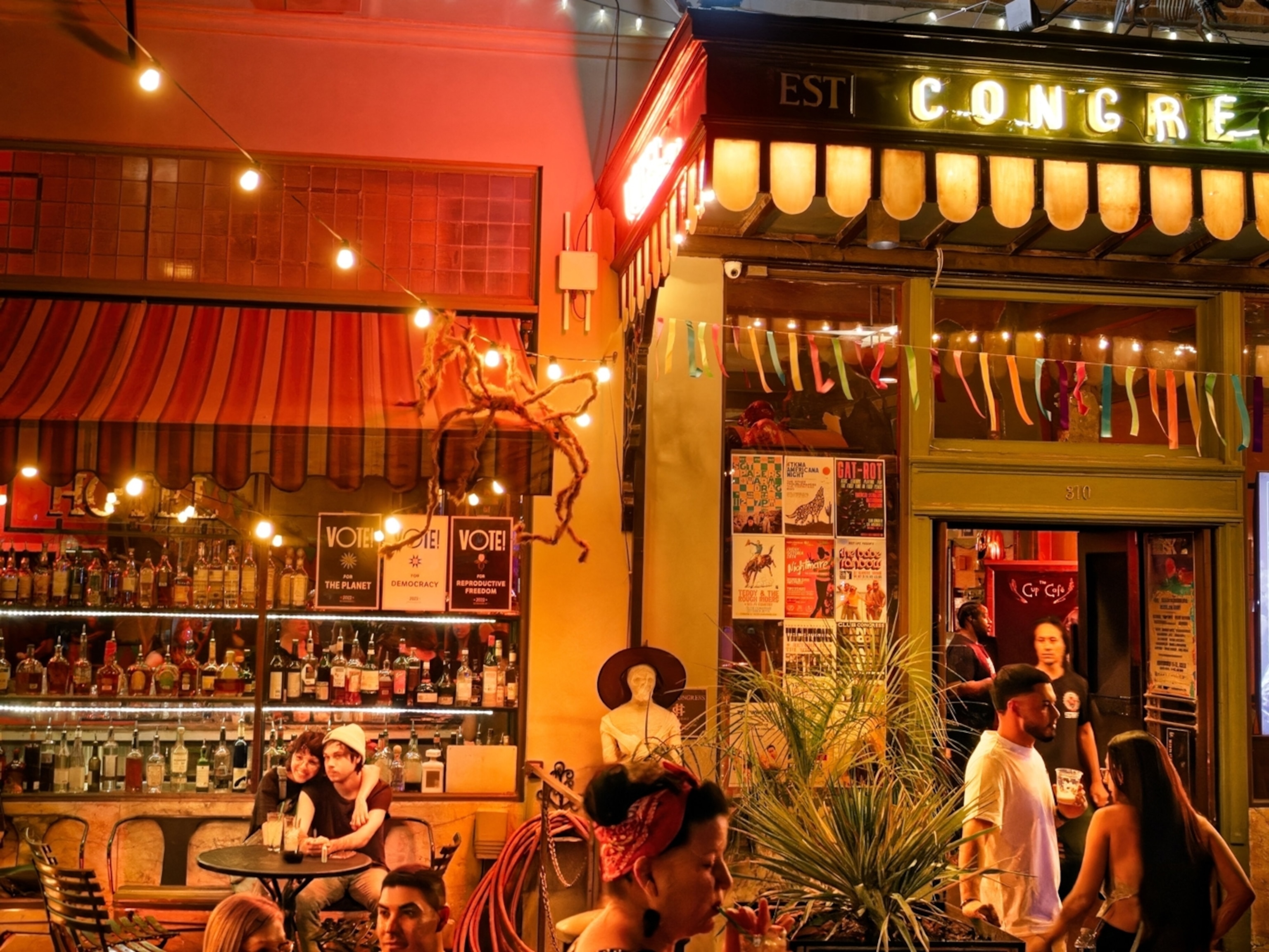
Yes, We May Have No (Cavendish) Bananas
There are hundreds of varieties of bananas, but most of them don't travel well. That may have to change.
Around the world, millions of people start their day with a banana—in cereal or porridge; as fritters; or blended into a smoothie or licuado. If you're really lucky, you might end your day with one, too, fried in hot oil, cooked into custard, or topped with ice cream and chocolate sauce.
And bananas aren't just treats. In many parts of the world, bananas are a primary source of nutrition. But the fact is, in places where bananas arrive on container ships, they're cheap, widely available, and often taken for granted.
But perhaps not for long. Nearly all the world's bananas produced for export are of a single variety, the Cavendish, and its days may be numbered.
That's because one of the traits that's made the Cavendish the world's most popular banana is also its achilles heel: it's seedless, and therefore sterile. Farmers must clone each plant, resulting in a lack of genetic diversity that leaves the world's, er, top banana highly vulnerable to disease.
And that's precisely what's happened. A strain of a fungus that wiped out the Cavendish's predecessor, the Gros Michel, in the 1950s, is on the move. Monocropping has enabled Fusarium wilt to spread across Asia and parts of Africa, and the fungus is now wilting banana plants in Australia. It has not yet struck Ecuador, the world's top banana exporter, but scientists say that it's only a matter of time. And another fungus, Black Sigatoka, has already ravaged banana farms across the Caribbean.
But while this may mean the end of the Cavendish, it doesn't mean no more bananas. Hundreds of varieties of bananas are grown and consumed locally in the tropics and subtropics. They're big and small; slender and stubby; sweet and starchy; red, brown, and purple. However, some of these are too perishable to export, and wild varieties are often undesirable or even inedible because they're chock full of seeds.
Researchers hope working with these diverse cultivars and the wild varieties can help them develop bananas that are more disease-resistant and hardy enough for mass production. You can read more about these efforts here, here, and here.
While you're at it, take a look at some of our favorite photos of bananas and the people who grow, sell, and prepare them, courtesy of our Your Shot community.
Note: This post was originally published Jan. 18.












